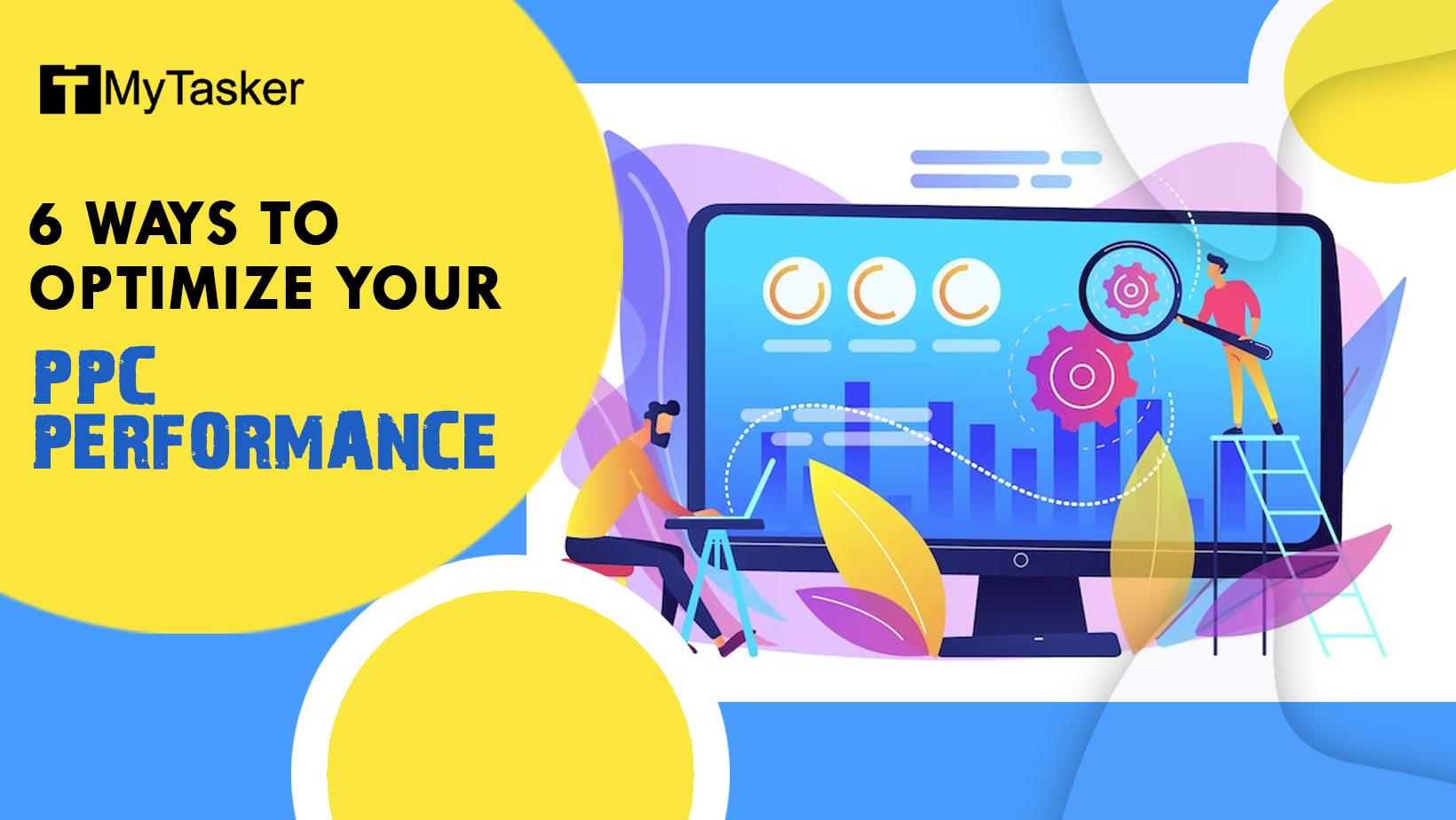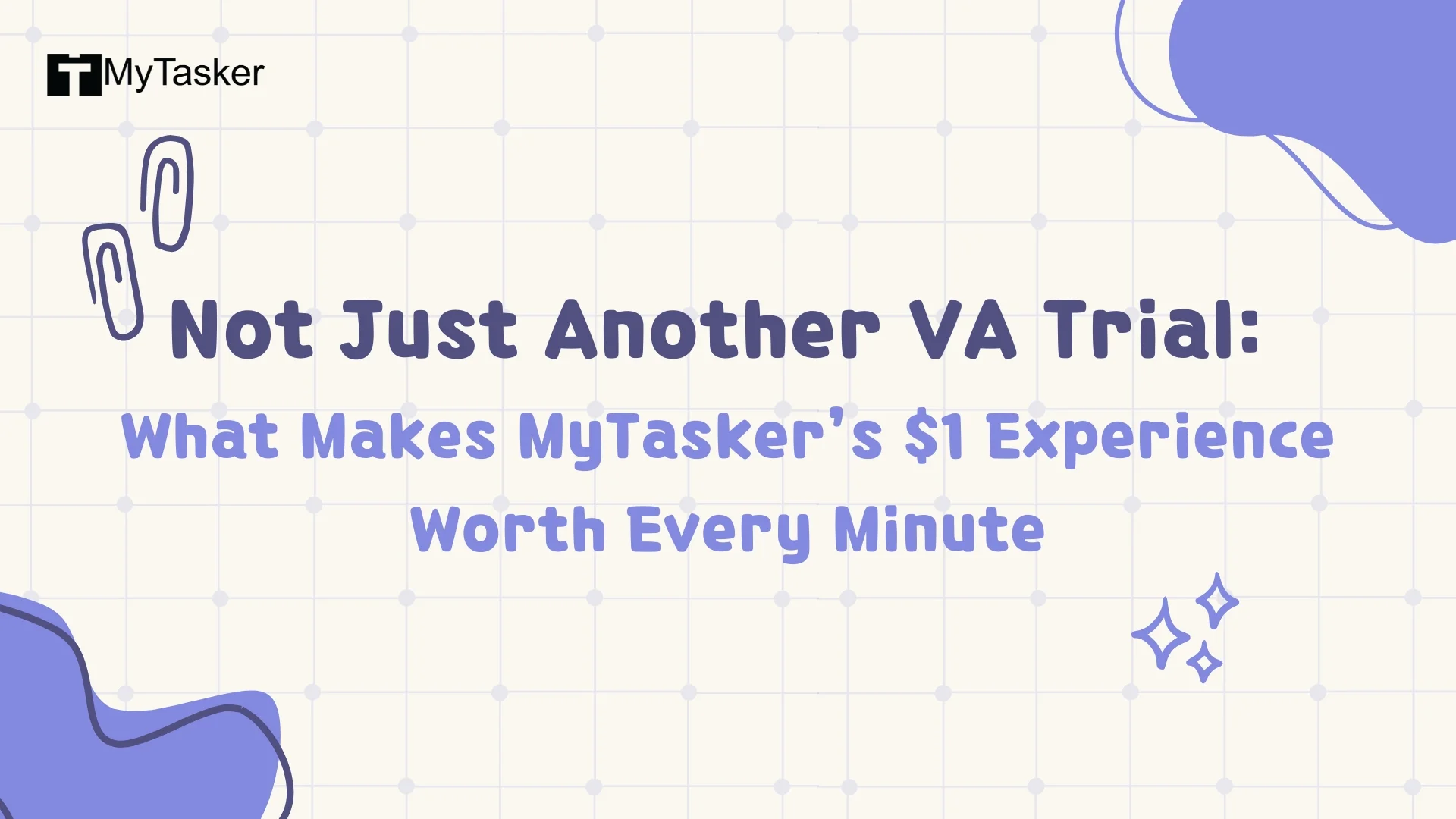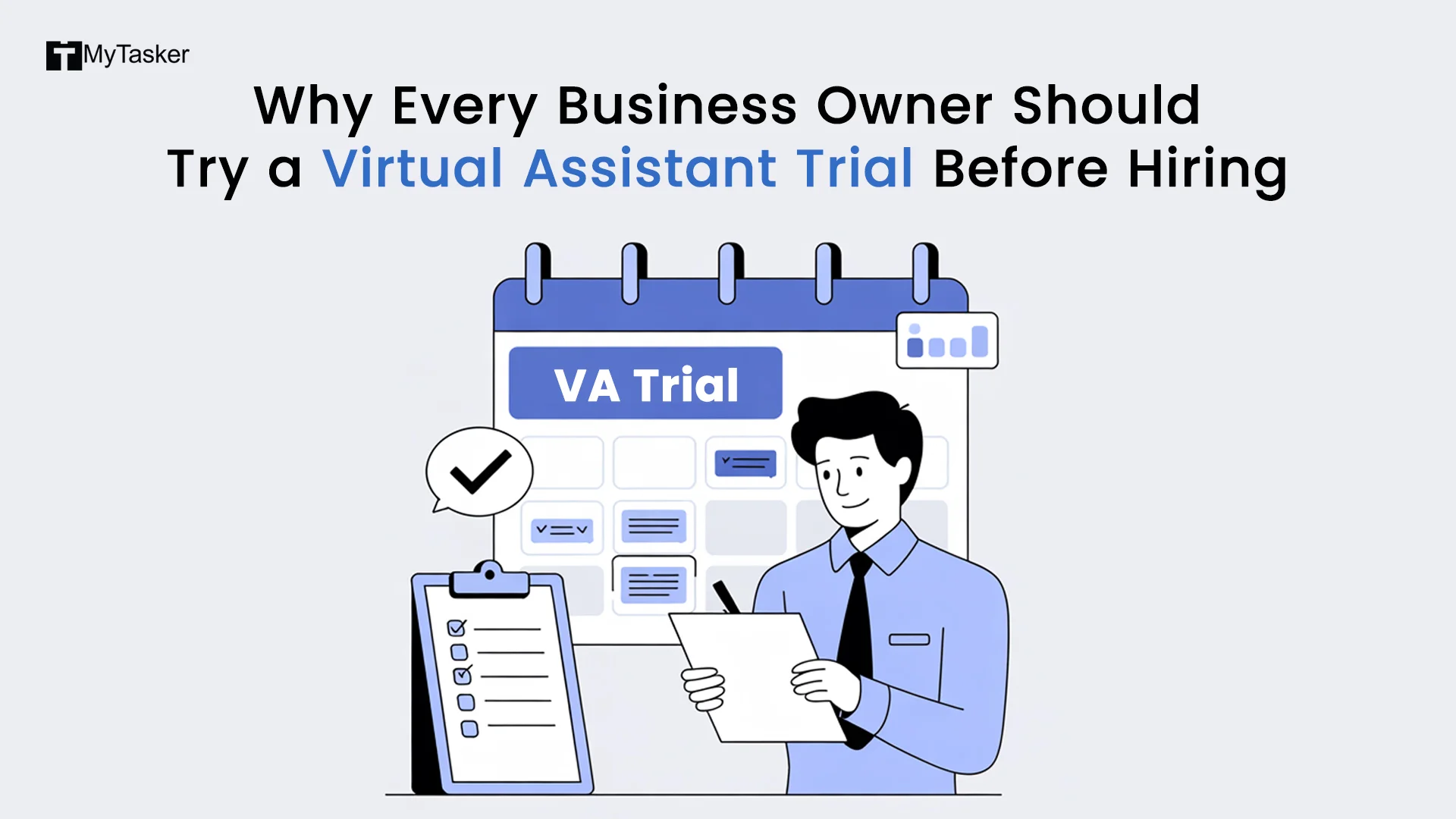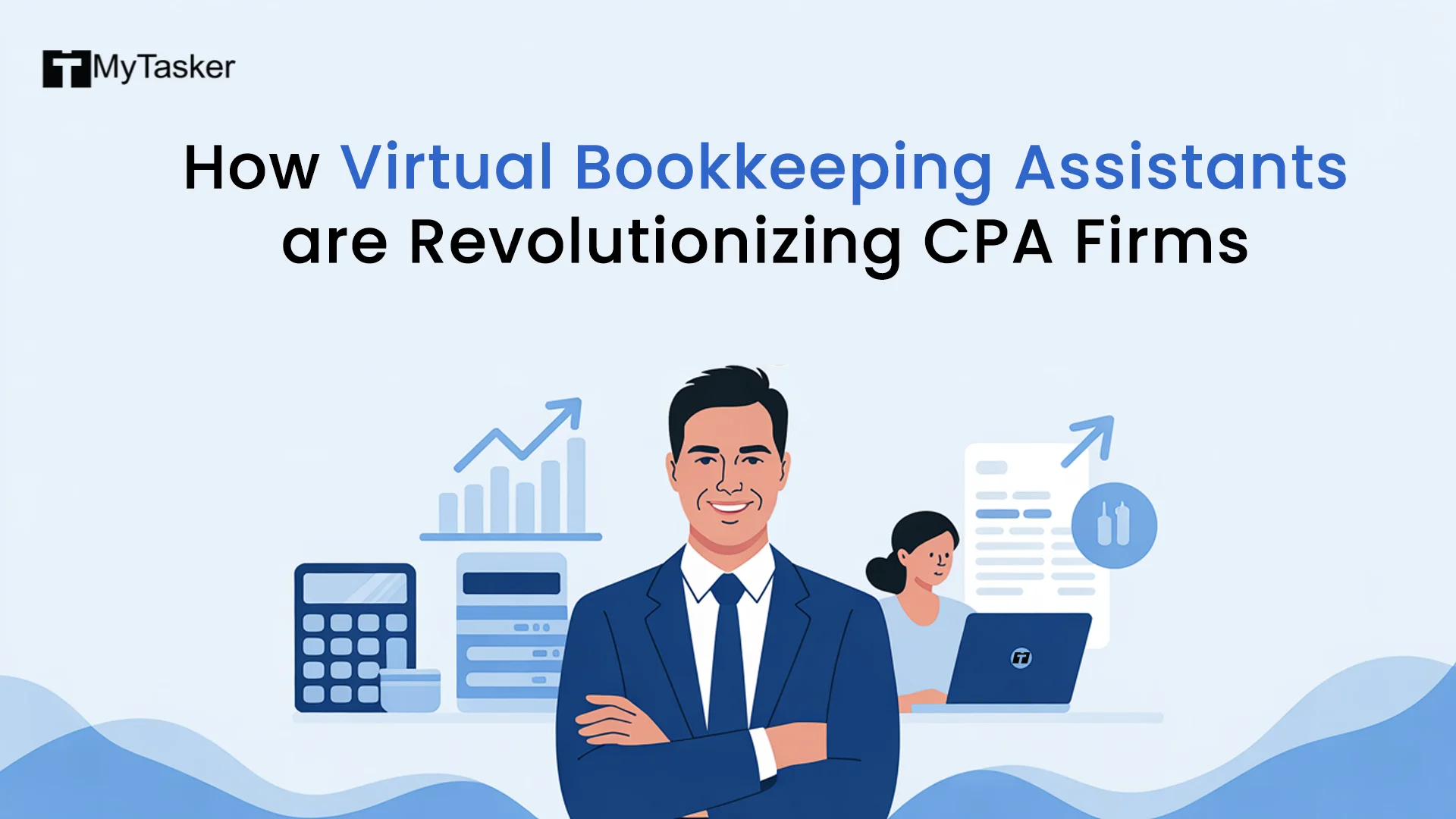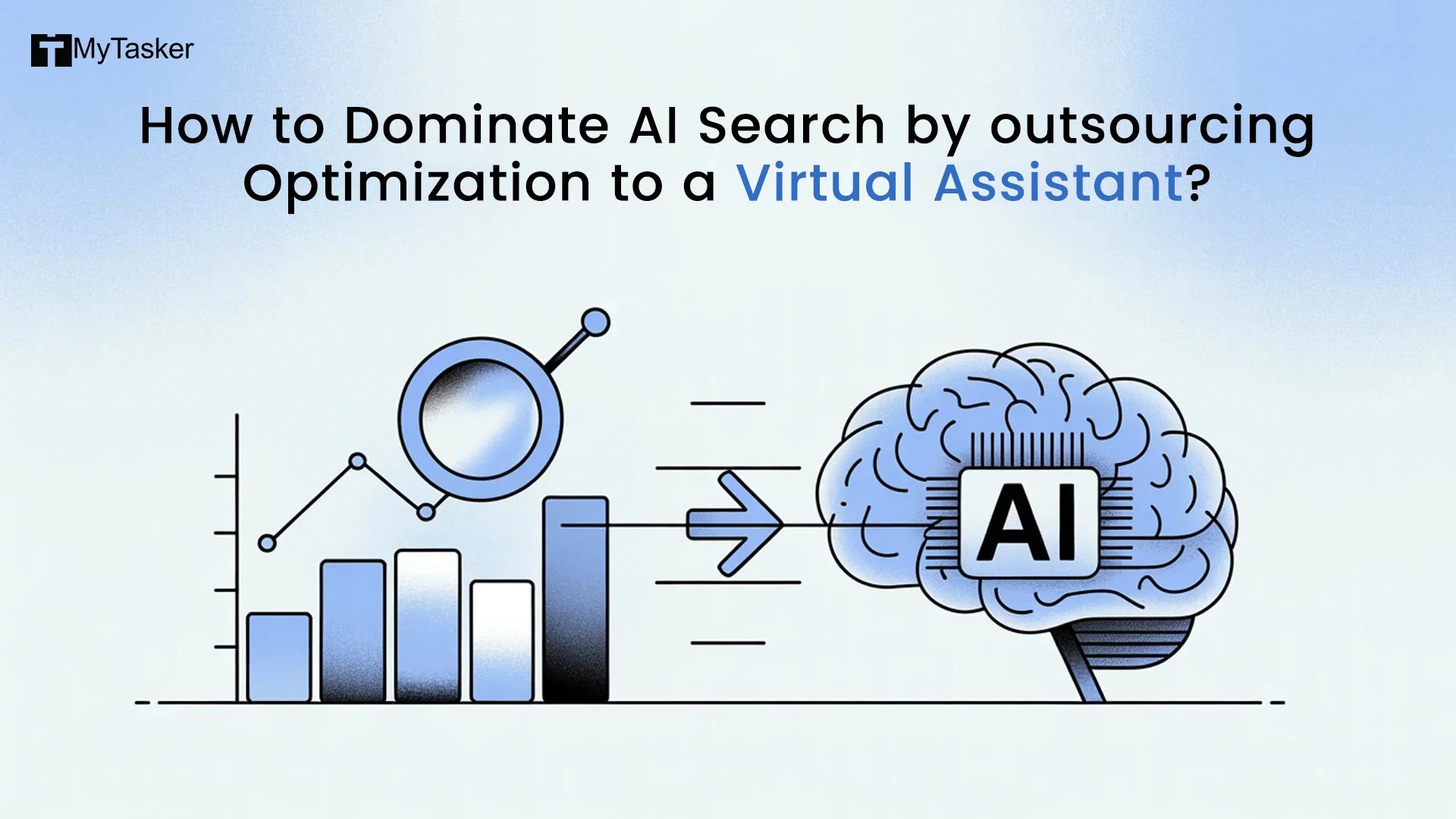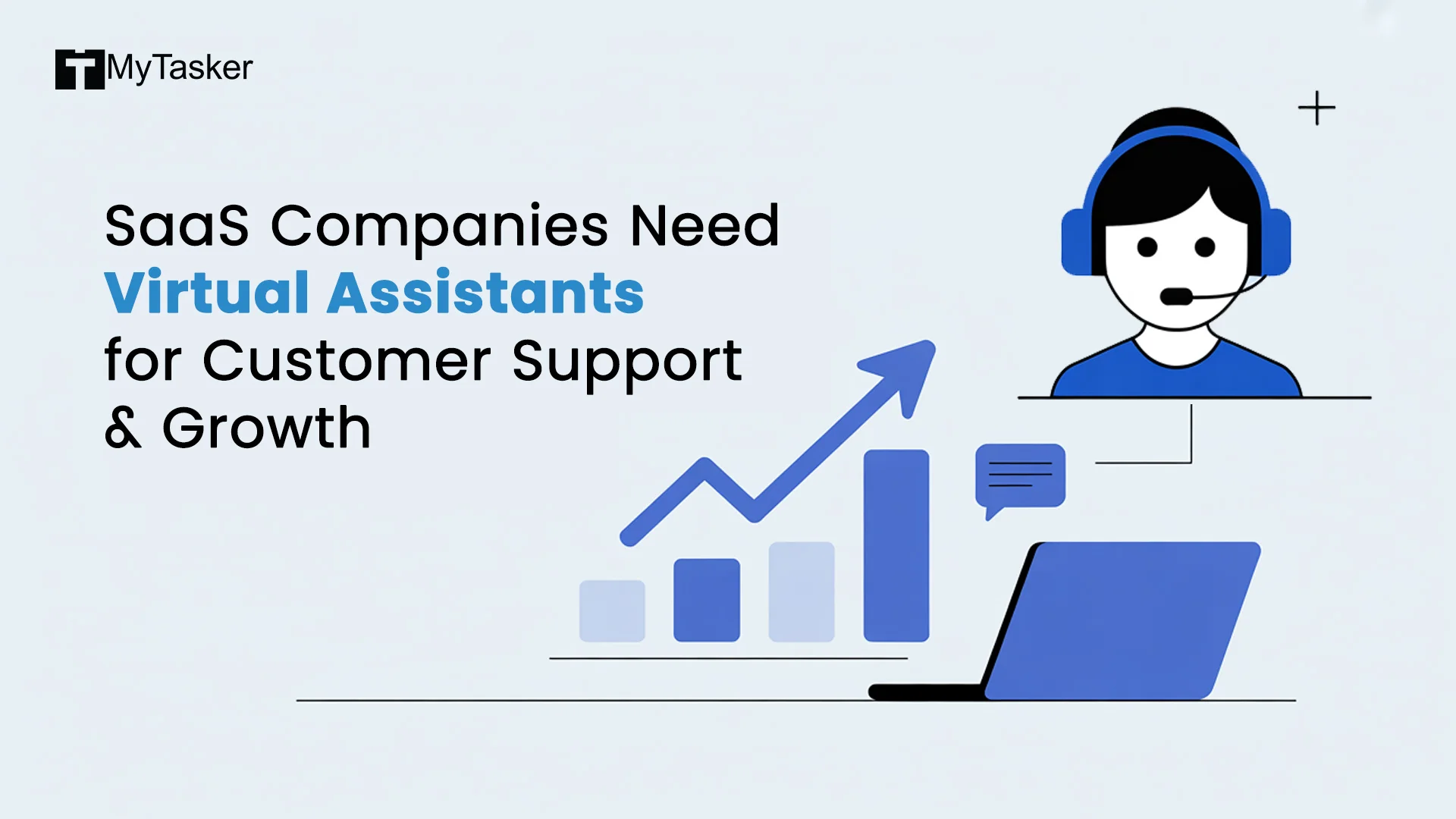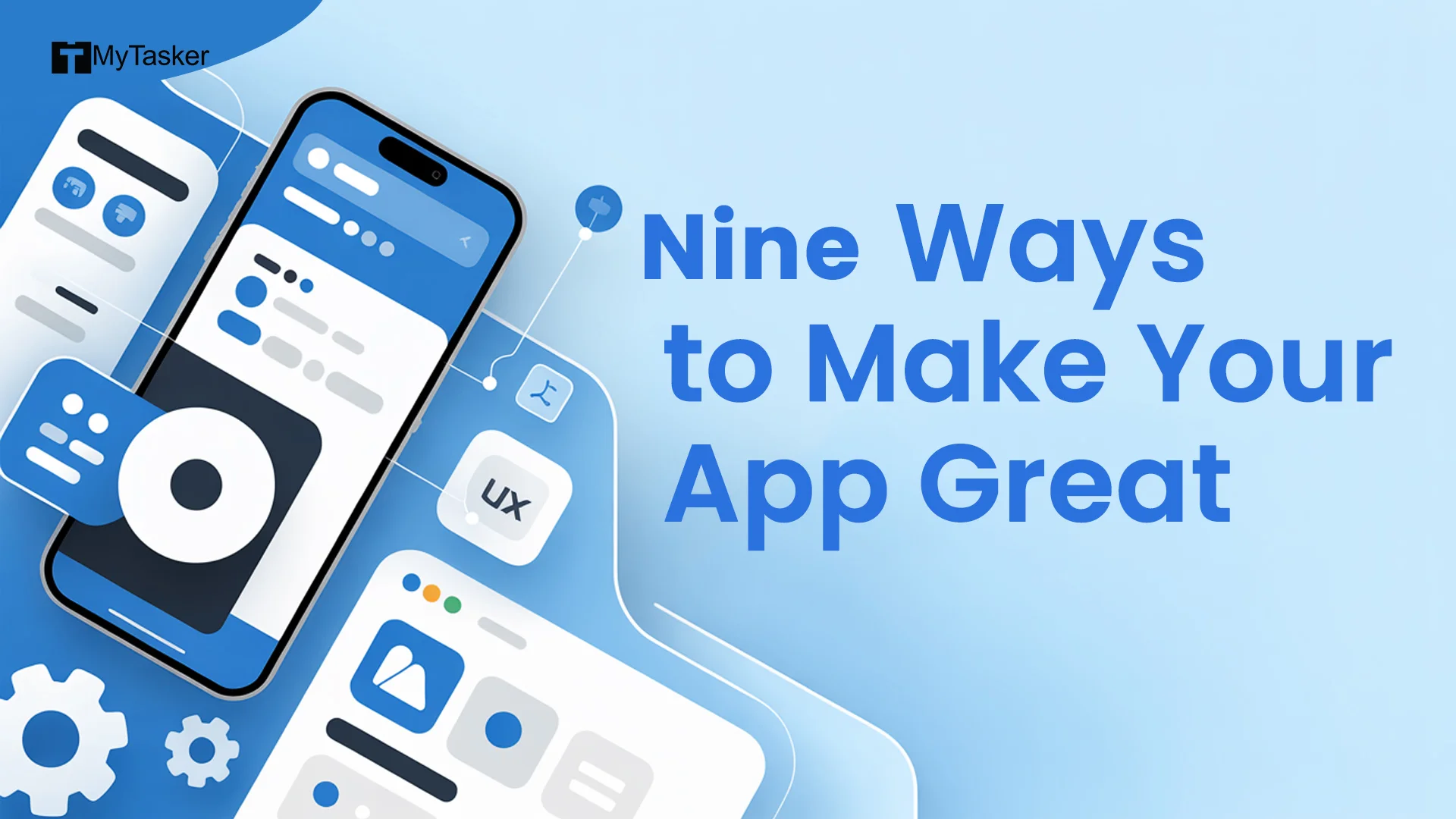PPC advertisement has long been an effective marketing method for acquiring new leads and sales. So, naturally, lots of people want to optimize PPC Ads to boost the presence of their company. One thing is for sure, PPC campaign optimization rolls out immediately even if it is a new business. This means you get faster results when compared to organic methods. Well, organic leads and approach certainly bring down the cost, PPC on the other hand, immensely boosts the sales and justifies the investment involved.
PPC advertising helps the campaign owner to earn valuable real estate in the digital landscape. The keywords here, play the role of funds that help to acquire the places for your business. Optimizing PPC ads is required especially when you want to outrank your competitors and look for higher click rates.
So, today we will be discussing all about PPC campaigns and optimization to help you boost conversions for your marketing efforts. Keep reading and learn these useful tips and tricks to proceed toward the betterment of your paid marketing campaigns.
What Does PPC Optimization Necessitate?
If you want to improve the paid search campaign, consider updating the landing pages, modifying the keyword bids, and changing the ad copies. These are not as hard as they sound. All you need is to improve various aspects of your ads to make them perfect and earn more clicks. There are multiple things in a PPC campaign and thus, each of them is essential for acquiring proper clicks. A PPC campaign becomes useless if it is not augmented for search.
This is why optimization becomes essential for all PPC campaigns. Some of the key elements that require apt optimization are -
- The advertisements themselves (photos, texts, design, colors, etc.)
- Landing Pages
- Keyword Targeting
These are the three most important aspects of PPC optimization.
1. Negative Keyword Strategy
Just like it’s important to target the most relevant keywords, it’s also pivotal to figure out what shouldn’t be targeted. This is called the negative keywords strategy. Using such keywords ensures that you exclude those words or search terms from your campaign. Create boundaries for your campaigns to ensure that ads don't pop up when users search for them.
For example, if you run a campaign for your hardware store and sell home interior paint, your negative keyword must be “exterior paint” or “auto paint.” This ensures that your ad will not appear when people search with these terms. So, it seems that keyword research is a crucial factor when it comes to PPC optimization. Define your product or services accurately with your keywords. Try staying away from generic terms when displaying your ads. You can also target the long tail keywords in your niche to cover up every situation.
Long tail keywords can be less common but more specific. They play a vital role in the majority of the search engine traffic. The best part is that these keywords are less expensive due to reduced competition.
Research the most relevant keywords in a way that they bring maximum clicks to your ads. Start with generic terms even if they are highly competitive. Gradually increase the precision of your keywords to achieve higher click rates. Try combining general terms with adjectives that relate to your business. This helps in creating a flawless list of keywords.
2. Create an Awesome Landing Page
The primary objective of PPC advertising is to drive maximum traffic to a specific web page. This web page can be your landing page. Therefore, it needs to be highly appealing, professional, and user-friendly. If you need to operate within a certain area, try creating localized landing pages so that you get the right set of people at the right place. Remind yourself that a landing page is the last stage where click rates end. Therefore, your landing page is the deciding factor in this regard.
Integrating Google Adwords account with Google Analytics can be a good choice for analyzing the metrics of ads, the performance of PPC, conversion tracking, and other overall campaign structures. PPC landing page optimization will also help to figure out the bounce rate. Users can easily navigate away from the landing pages if they get distracted. You cannot force the users to stay there to increase the conversion rate. Therefore, your landing page must convince your viewers to purchase the services or products. Check out these features as these are crucial on a conversion-worthy landing page.
Prices of the products
The cost factor of the products you sell can be a big deciding factor when a user is standing at the borderline. Ensure that the price is affordable and convincing when they visit your landing page.
Product image in your ad
Nothing is dumber than a landing page that fails to relate to the created ad clicked by a user. A user usually clicks an ad when they feel interested in seeing an image of a product or service. This means the landing page must be related to the image shown in your ad. Or simply be prepared for an increased bounce rate.
Information about the product
Your landing page must be the final step for every buyer’s journey. It will be the last chance to display your business in the best way possible. So, make sure that the information about the product is appropriately portrayed so that the viewers understand every aspect of the product. Simply include a detailed description that showcases materials used, product dimensions, care instructions, available sizes, colors, and others as applicable.
Include this information as it allows users to know everything they want and make an educated decision before making the final purchase. Any scarcity in the information can cause guesswork in the user’s mind reducing the chances of conversion.
A Powerful CTA
This is the most important part of any landing page. This is the part that initiates the conversion process. Therefore, the “Add to Cart” button means a lot for your PPC campaign. Several PPC optimization tools can help you with CTA temperature. It is a type of scale through which you can determine the effectiveness of your CTA button.
3. Demographic Targeting to Reach The Right Audience
One of the best things about PPC is that you can decide your target audience based on the demographics. Recently, Google Ads has made its targeting process a lot easier by introducing more options than ever. Here are a few of the ways through which you can find a quality audience.
- Gender: This targeting option is applicable when your company sells anything made for a specific gender.
- Age: This option is good when you want to target a particular age group.
- Geographic Location: Considering the geographic location is the best option when your business is based in various cities. This is one of the most popular and effective methods of targeting the PPC audience.
- Income Scale: Sometimes, products are designed to target a specific income scale. If this is the case with your business, choose income scale, to be more specific.
- Relationship Status: Target your PPC campaign based on the relationship status especially, when your products are made either for pre or post-marriage.
- Education Level: Google also gives you the option to target audiences based on high school diplomas, master's degrees, and more.
These categories work well when paired with the right keywords. This also helps to determine the level of success of your campaign.
There are some of the best PPC optimization tools through which the demographics can be simplified. It greatly helps to control the expenses for display ads. Demographics are required to prevent bidding at an improper time or targeting the wrong set of devices. Focusing on these categories allows you to acquire control over your campaign and fine-tune the model accordingly.
Remember, optimizing bids at the most profitable hours can turn into wasted spending and poor ROIs. Therefore, it’s smart to implement dayparting and stay away from accelerated bidding. Dayparting means dividing the day into parts and paying more during the most profitable hours. Find your most profitable hours from Google AdWords. Alternatively, you can migrate the data of your ad performance into a spreadsheet and analyze it accordingly.
4. Use Ad Extension
Take advantage of free add-on extensions for your paid campaigns. There are different types of extensions available for PPC campaigns. These add-ons let you know about the thinking of your target audience and all about your site. They also help to create a direct link through which your audience can have a glimpse of your website. You can also opt for extensions that allow users to call your business line directly.
Adding extensions is an ideal way to add a detailed overview of the products or services delivered. There are two types of extensions available. These are:
- Automatic Ad Extension
- Manual Ad Extension
Automatic Ad Extensions work automatically and are used to discern dynamic site links, previous visits, customer ratings, and others.
Contrarily, Manual Ad Extensions are customizable and used for the same as automatic versions.
5. Test Your Ad Copy
Optimize PPC campaigns through A/B testing. As multiple factors can affect the click/purchase propensity of a customer, it’s good to test every element. In the long run, this will help you to determine every element’s conversion rate. You can create different versions of your landing page to test what works best. A/B test your ads right from the Experiments tab of Google Ads. Various landing pages can be instantly linked and experimented with accordingly.
The objective is to test and analyze the ad copy to achieve more clicks. A/B test allows you to assess a couple of copies and identify the most clicked ads. Note that A/B testing is not only useful for testing the ads but also implemented for testing the design, colors, CTA buttons, and more. Perform the A/B testing based on FOMO (fear of missing out). This can be a fantastic tactic when it comes to driving more sales. Create your own FOMO tactics that work well and end up on a successful note.
6. Optimize The Keyword Bids to Ascertain the PPC Budget Strategy
Ensure to adjust the bids and remain competitive once you finalized the keyword strategies. Optimizing the bids depends on the strategy you have set for PPC marketing. Let’s check out the bidding options that can improve the performance of your PPC campaigns.
Manual Bidding
This is the best option to optimize your bids initially. With this option, you can make big adjustments as required. Naturally, it ensures maximum control over bidding and thus, you can swiftly change the options based on the demographics. Enjoy being granular with every option of bidding. The result will speak for itself when the adjustments are made without any delay. Manual bidding works wonderfully as the online market is dynamic and keeps changing frequently.
Target Cost-Per-Acquisition (CPA) Bidding
This strategy sets the bids at your target CPA to deliver maximum conversion. The bids are automatically optimized ensuring great abilities to customize bids targeting each auction. Target CPA Bidding is not only used in single campaigns but also across multiple campaigns, keywords, and ad groups.
Utilizing the previous records of your campaign, the Target CPA Bidding strategy helps to automatically find the best cost-per-click bid for your ads. Well, there is a risky chance that your conversion may get more costly than the targeted CPA, but other aspects will eventually become cost-effective. In such cases, your PPC daily budget strategy gets bolstered with the implementation of AdWords. It will help to keep the cost per conversion targeted to the defined CPA. For instance, if you go for a Target CPA of $30, the CPC bids will be automatically set by AdWords to provide as many conversions as possible (based on the same budget).
Target ROAS Bidding
This option allows you to set your bids on the target Return On Ad Spend (ROAS). Targeted ROAS Bidding is a way to increase the value of your conversion. Similar to the previous strategy, Target ROAS Bidding can be used in a single campaign, multiple campaigns, keywords, or ad groups. Now, using the conversion value reports from conversion tracking, AdWords assumes the future conversions and their related values. Accordingly, it sets the maximum CPC bid for maximizing the conversion value. In this bidding strategy, AdWords focuses on equalizing the conversion value based on the Target ROAS. For instance, if you set Target ROAS to 300%, the bids will be automatically adjusted by AdWords to maximize conversion value.
Takeaway
There are multiple ways to manage PPC Campaigns. It is more than just adjusting bids and budgets. But obviously, controlling the cost effectively takes some time and experimentation. These PPC optimization techniques will surely work best for you. Also, it all depends on the existing scenario. Managing PPC campaigns demands smart brains and thus, for beginners, it can be a hassle. It’s best to get professional assistance from PPC managers at MyTasker and evaluate the process required. Get in touch to discuss this more in detail.



